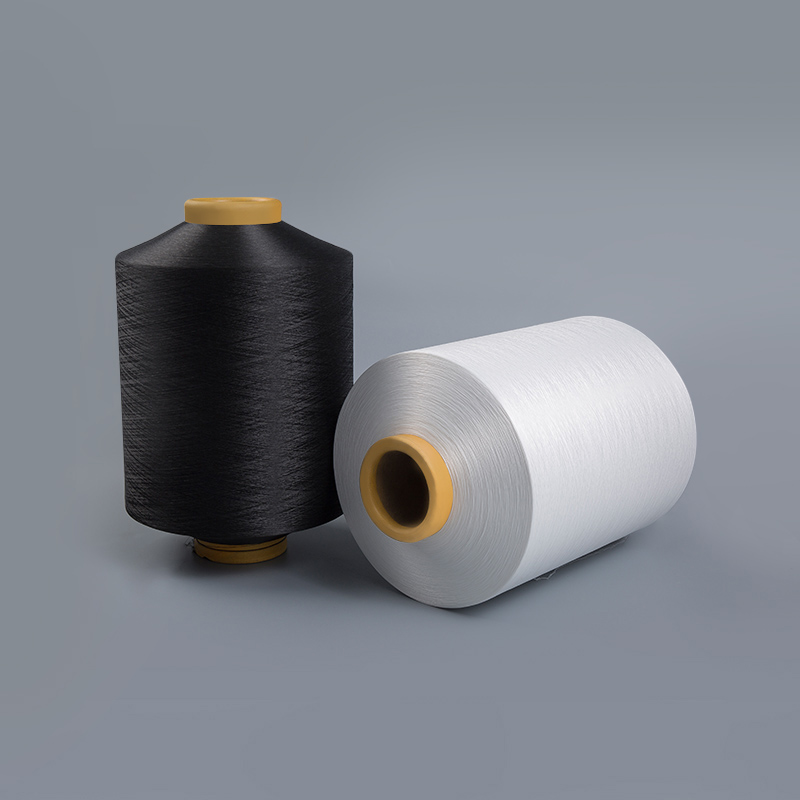Email us now!
Nylon, a high-performance synthetic fiber, is widely recognized for its exceptional tensile strength and resistance to wear. When used as the core of Air Covered Yarn, these inherent properties are retained, contributing significantly to the durability of the final textile product. Nylon's ability to withstand tension and resist breaking under stress is particularly valuable in demanding applications, such as industrial textiles, sportswear, and heavy-duty upholstery. Products made from Nylon Air Covered Yarn tend to retain their structural integrity longer, even in environments subject to physical stress, making them more durable over time.
The air covering process involves encasing a nylon filament core with a layer of air-texturized or other synthetic fibers. This outer covering can provide an additional level of abrasion resistance. For fabrics that endure frequent friction, such as socks, athletic wear, or carpeting, this air-texturizing process helps to reduce the wear and tear that typically leads to fiber breakdown and fabric degradation. The increased abrasion resistance extends the lifespan of garments and textiles, maintaining their appearance and performance in high-use environments. The enhanced durability in this regard makes Nylon Air Covered Yarn an ideal choice for applications where long-lasting wear and tear resistance are essential.
While durability is often associated with toughness, flexibility is equally important, especially in consumer-facing applications like fashion or activewear. Nylon Air Covered Yarn tends to offer excellent flexibility and elongation properties, which help garments retain their shape even after repeated use and washing. The yarn's ability to stretch and return to its original shape prevents sagging or distortion, which is especially beneficial for products like leggings, hosiery, and elasticized apparel. In some applications, the air covering process can further enhance this flexibility by providing a softer, more pliable feel, which contributes to both the longevity and comfort of the final product.
Pilling, or the formation of small fiber balls on the surface of a fabric, is a common concern for products subjected to frequent friction. Nylon is naturally more resistant to pilling than many other fibers, and the air covering process may further reduce the likelihood of pilling by increasing the yarn’s abrasion resistance. However, the extent to which pilling occurs can also depend on the specific fiber blend used and the conditions in which the fabric is worn or used. For instance, Nylon Air Covered Yarns used in garments that are exposed to harsh physical activities may still experience some degree of pilling, although it would generally be less severe than in fabrics made from more delicate fibers. Manufacturers can further reduce pilling through specialized treatments or by choosing the right combination of core and covering materials.
Nylon is a synthetic fiber with excellent resistance to moisture, mildew, mold, and rot, making it suitable for outdoor applications and humid environments. However, exposure to UV rays can degrade unprotected nylon fibers over time, leading to reduced strength and color fading. In the case of Nylon Air Covered Yarn, the air-texturizing process may offer additional benefits by providing some level of UV protection, depending on the specific covering material and processing techniques used. This added layer of protection can significantly enhance the durability of products exposed to sunlight, such as outdoor apparel, upholstery, and textiles used in automotive or marine environments. Nylon’s moisture resistance also helps prevent the growth of mold and mildew, ensuring that the fabric retains its integrity even in damp conditions.













